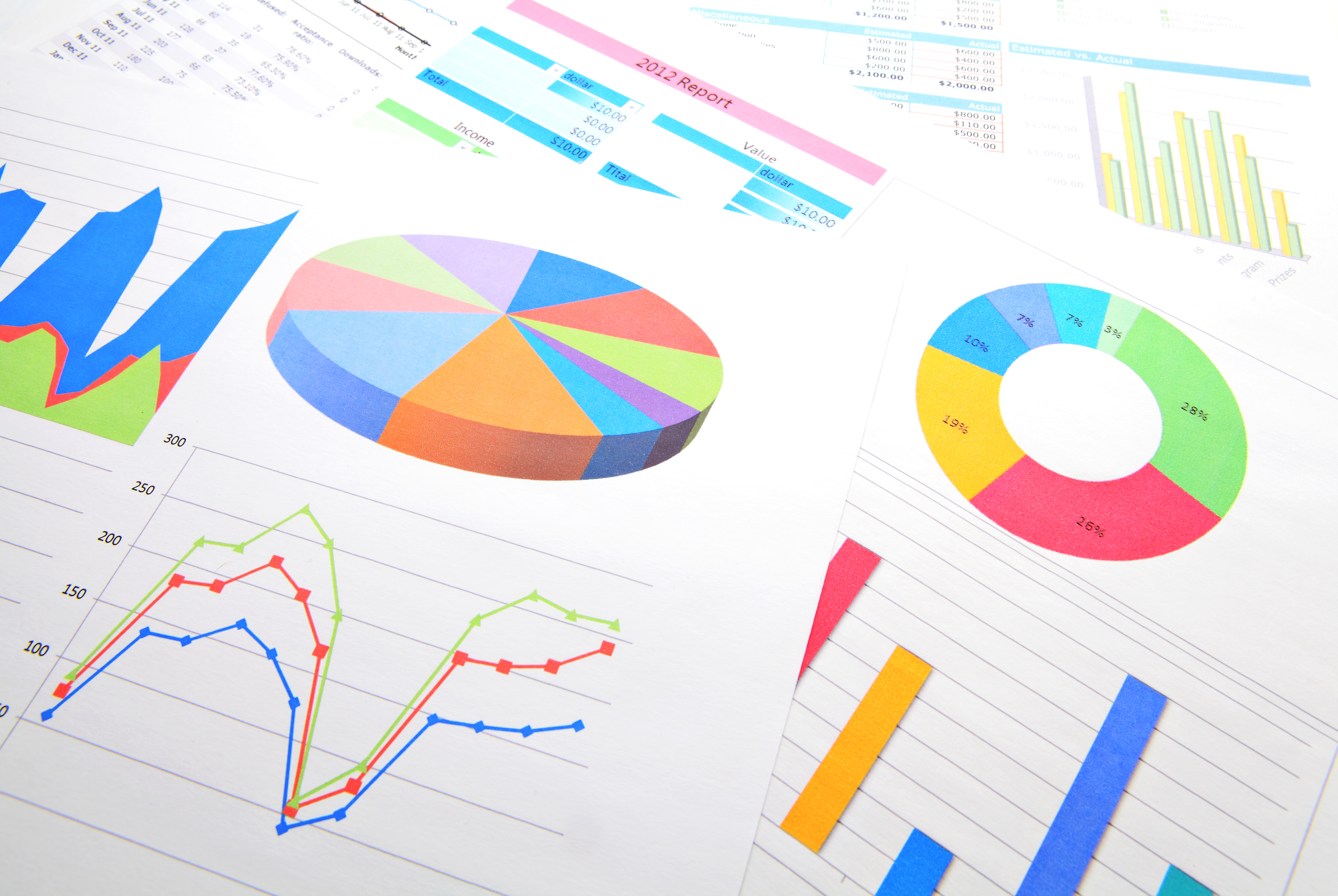
Business Intelligence (BI) is a set of technologies used to collect, analyze, monitor and share large volumes of data. In procurement, the use of BI allows you to plan relevant strategies for the area and make better decisions.
BI has a very important role in the whole procurement operation, as it’s common to have a huge volume of information and processes in the area. Such technology boosts the ability to analyze data, thus enabling the professionals to make decisions based on facts and not mere assumptions.
BI offers also the possibility to monitor team’s productivity and bring more efficiency to people management. Another advantage is its contribution to information transparency, thus strengthening compliance in transactions with suppliers.
The procurement area has become a vital one for those businesses that aim for growth and profitability. Therefore, its strategy is considered relevant and crucial to achieve the results that are business goals.
See below the main benefits of BI and how this technology can be actually applied in your B2B procurement routine.
Benefits of BI for the Procurement area
Quick analyses of large data volumes
BI helps buyers deal with huge volumes of information and make more agile and efficient decisions.
Trend identification and planning of future purchases
With BI, professionals can predict demands of their department, based on procurement history and consumer preferences.
No unnecessary expenses and cost optimization
With BI, you can identify expenses in different product categories, as well as detect waste and improve the management of available resources.
Access to procurement KPIs
Procurement KPIs, such as lead time, price evolution and savings, provide important insights for planning and procurement decisions.
Tracking of supplier performance
BI allows you to track suppliers, to know if they meet the necessary supply requirements – such as product quality and delivery deadlines, among others.
Supplier engagement to improve practices
BI provides insights that will help suppliers to know where they can improve their services, and therefore become reliable partners.
Fault detection and efficiency improvement
Access to real-time data and information allows you to identify failures in processes and then make the required adjustments to improve efficiency.
Evaluation of procurement performance
BI enables evaluating the performance of procurement processes, such as internal customer satisfaction, order compliance and delivery time, among other factors.
Management of inventory and production
With BI, you can control products that have lower demand and manage inventories in an efficient way.
Creation of customized dashboards
You will be able to create customized dashboards and reports, to display information in a visual and intuitive way, thus making the data more understandable.
More transparency in processes
By organizing and sharing business data between buyers and suppliers, BI contributes to transparency in procurement processes.
BI in practice: how to apply it in everyday Procurement
- Data collection and organization
At this stage, procurement KPIs and goals must be well defined. These data will be the foundation to evaluate the area’s performance. To make the search easier, all procurement data should be consolidated in a single database, such as an e-Procurement solution. One way to do this is to sort the data into different groups of information: material type, quantity, price, suppliers, etc.
- Data analysis
After feeding the database – that is, consolidating the procurement processes in a single solution –, you must define the metrics and create control dashboards to make data display and interpretation easier. For this reason, analytical thinking is one of the most important skills for procurement professionals.
- Data sharing
Reports extracted from the solution can be shared with everyone involved in the procurement process, such as managers and suppliers – thus contributing to more agile and accurate decisions. Besides, the development of a BI strategy must be monitored and improved, according to changes and needs of businesses.
Has this content been useful to you? To receive our publications first hand, enter your e-mail here and receive the news from ME regularly.
See you next time! 😉


 Português do Brasil
Português do Brasil Español
Español Português
Português
